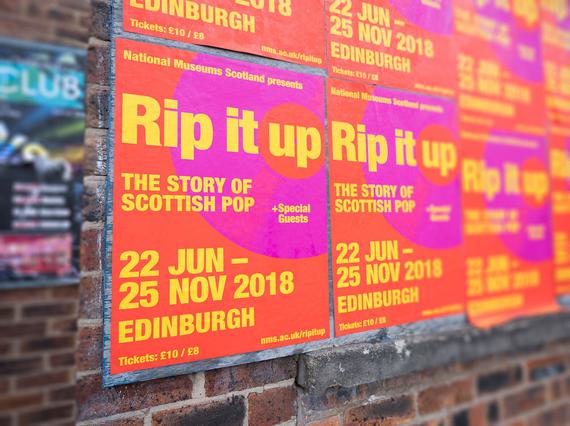
About Rip It Up: The Story of Scottish Pop
This was the first major exhibition dedicated to Scottish pop music. It explored the musical culture of the nation over more than half a century, from influential indie pioneers to global superstars.
From the days of the dancehalls to the emergence of pop in an explosion of colour in the 60s, through the 70s and New Wave, Rip It Up featured global stars and independent local heroes from pop's early days right up to today’s outstanding newcomers.
Featured artists and bands included Lonnie Donegan, Gerry Rafferty, the Sensational Alex Harvey Band, Lulu, The Rezillos, Midge Ure, Simple Minds, The Skids, Big Country, Garbage, Franz Ferdinand, Young Fathers, and many more. The exhibition was brought to life through original stage outfits and instruments, many loaned by the artists themselves, plus memorabilia, props, film and, of course, music.
Throughout the exhibition, a programme of musical events allowed you to participate in and experience Scottish pop music first hand through live performances, talks and discussions hosted at the National Museum of Scotland, as well as other associated events taking place across Edinburgh.
A three-part BBC TV series along with digital and radio content brought another dimension to the story through the voices of those who made the music, those who witnessed it from behind the scenes, and the fans who lived for it.
Exhibition highlights
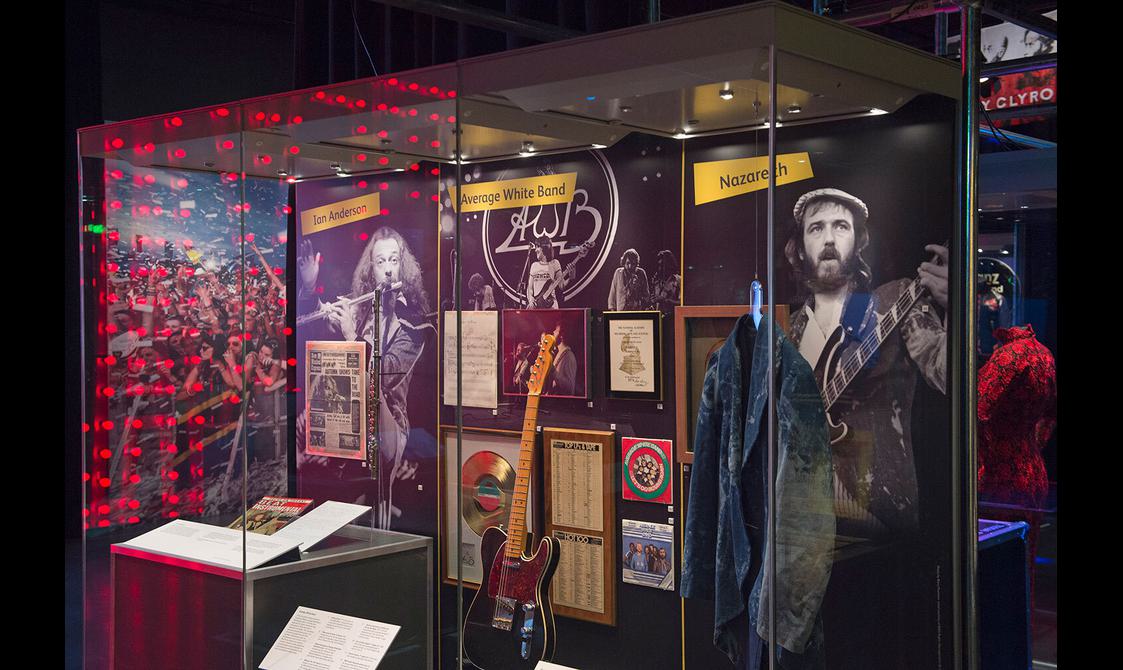
Objects on display from Ian Anderson, Average White Band, and Nazareth.
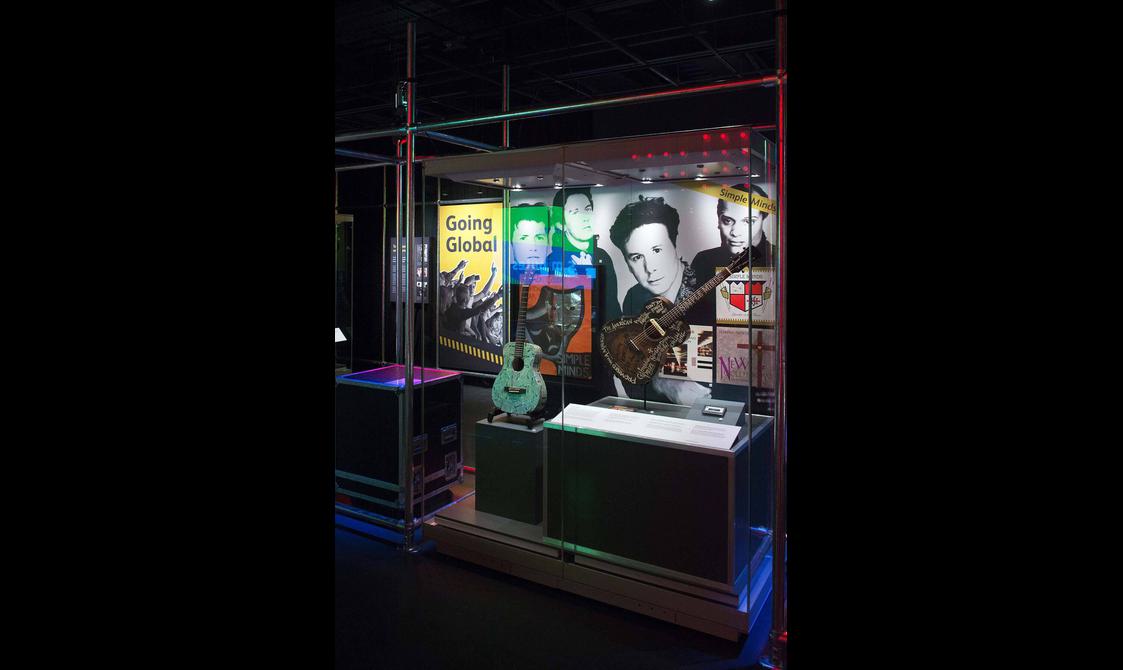
Guitars that belonged to the musicians of Simple Minds.
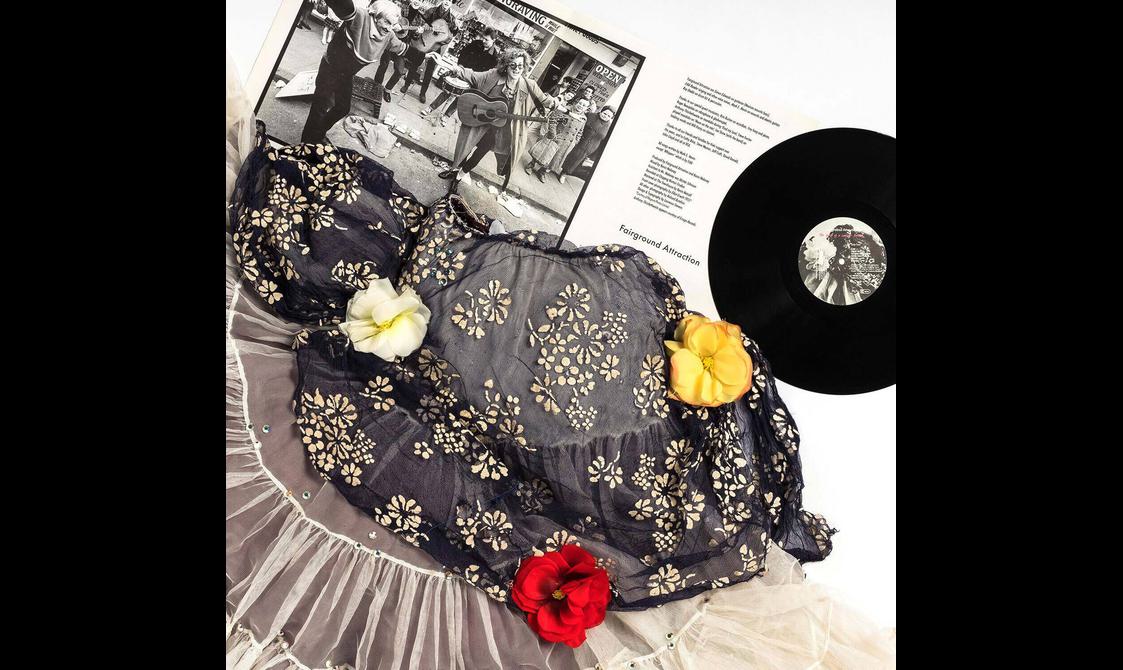
Objects on loan from Fairground Attraction.
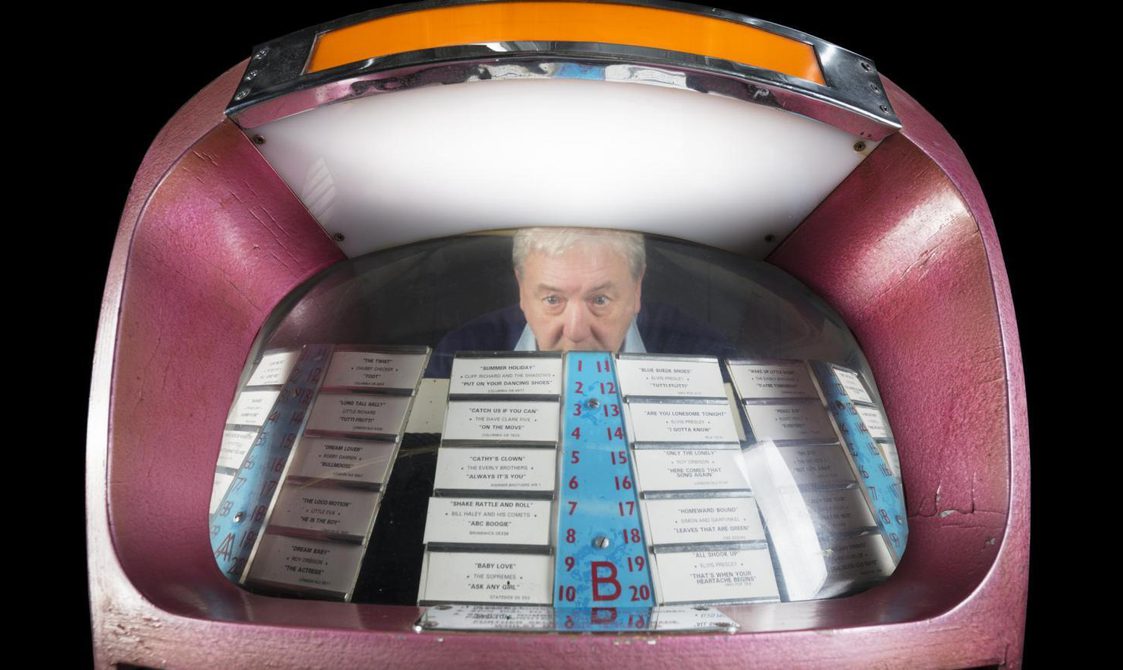
Curator Alan Mills selects a track on the Chantal Meteor jukebox. Museum reference T.1976.55.
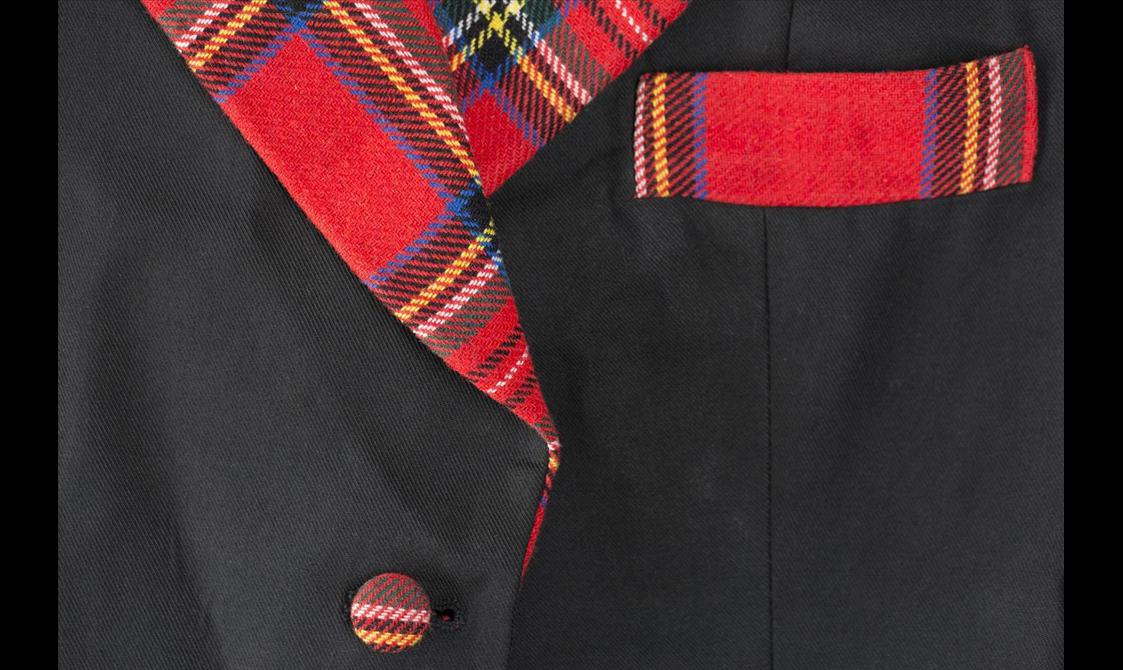
Detail of coat belonging to the Bay City Rollers.
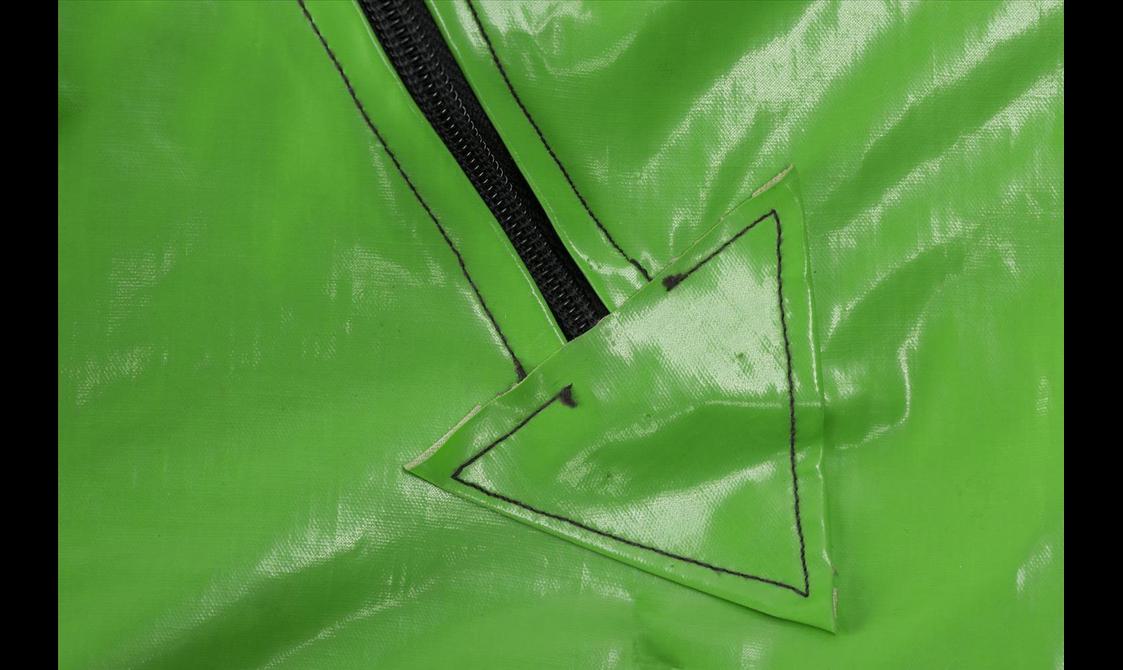
Detail of PVC jumpsuit owned by Eugene Reynolds of the Rezillos.
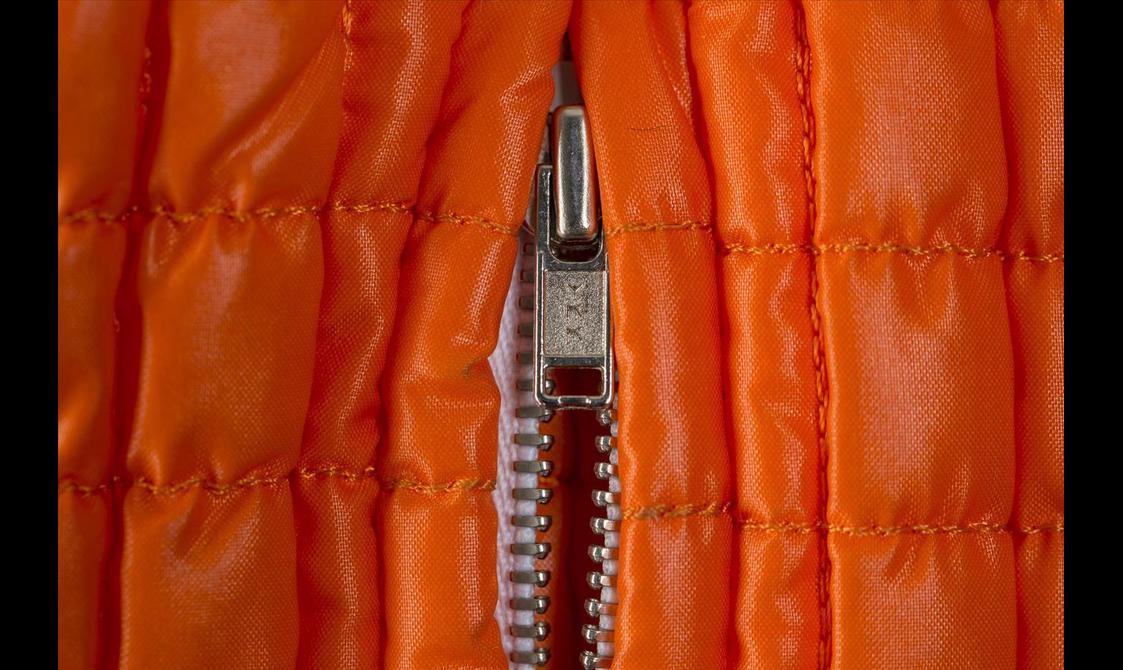
Detail of orange jacket belonging to Shirley Manson.
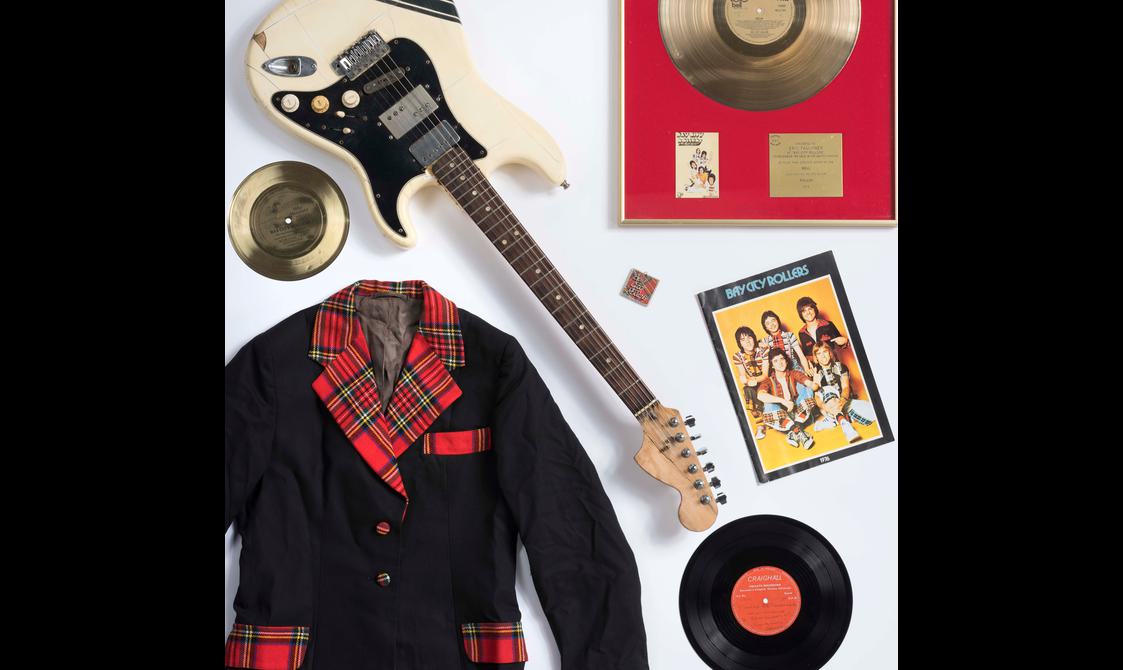
‘Bay City Rollers jacket, 1976 tour programme, supersonic floppy disc and fan club badge on loan from a private collection; Bay City Rollers gold disc, guitar and earliest unreleased Bay City Roller acetate recording on loan from a private collection.
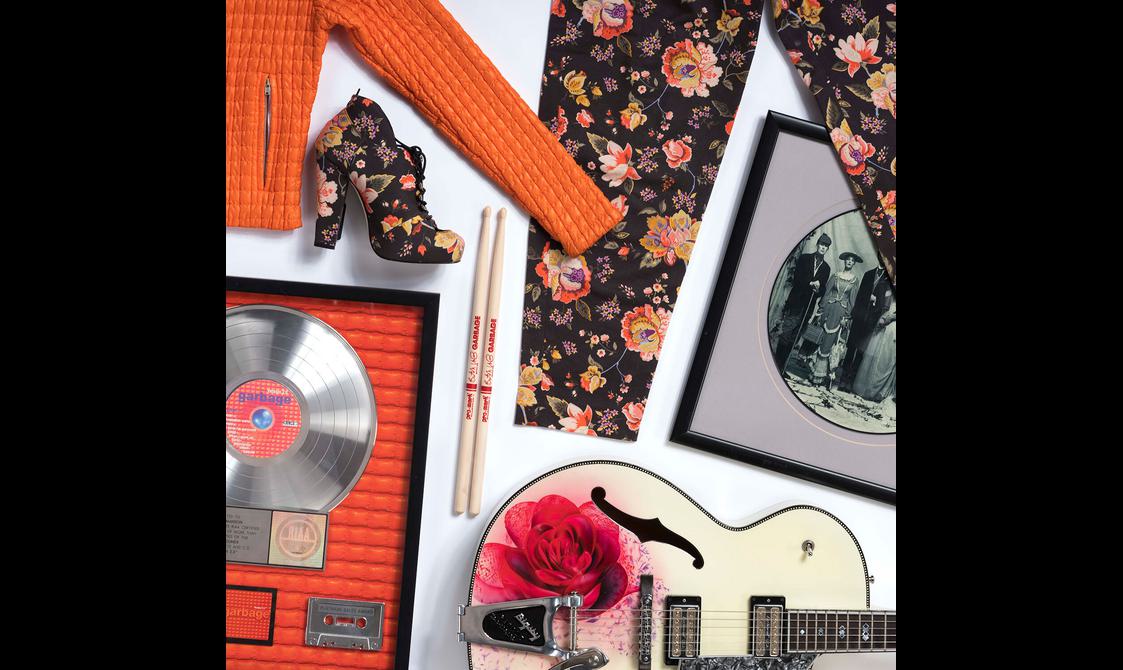
Objects on loan from Garbage.
Sponsored by
You might also like
- Discover
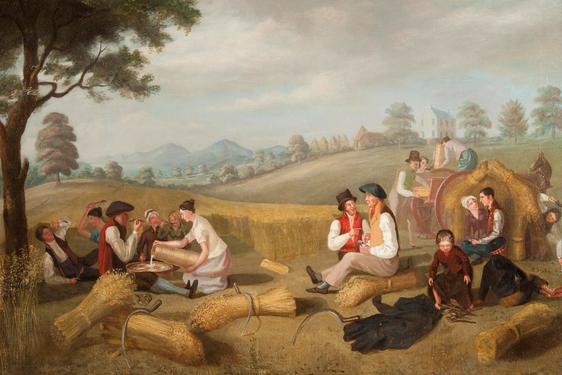
The Autumn harvest in 8 rural snapshots
Seasons of the year have always shaped how communities and people live. Farming and rural life was driven by the changing of the seasons. While the technology employed to do the work has changed, the tasks done in each season have largely…Keep reading - Discover
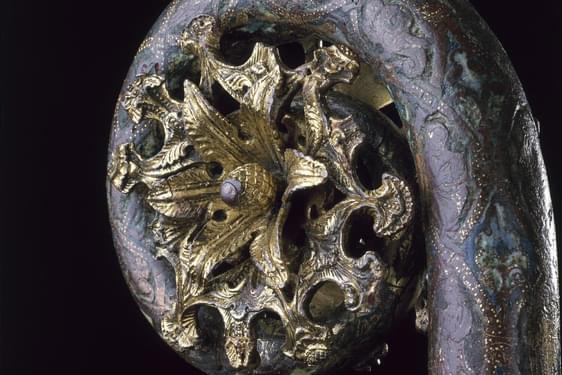
Piecing together the graves of medieval Whithorn
Medieval Christians were buried in simple shrouds without possessions. Death was seen as a journey of the soul, leaving behind earthly things. That is, except for bishops, who were sometimes buried in their full regalia.Excavations at…Keep reading - Discover
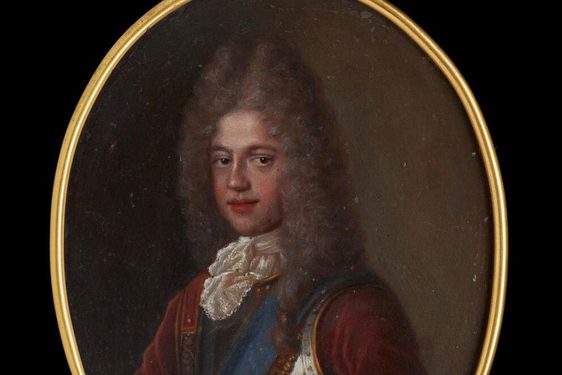
The Old Pretender: An introduction to James ‘VIII’
Raised in exile, James Francis Edward Stuart (10 June 1688 – 1 January 1766) was the son of King James VII and II and his second wife, Mary of Modena. Who was James ‘VIII’?When the exiled King James VII and II died in 1701, his son James…Keep reading
